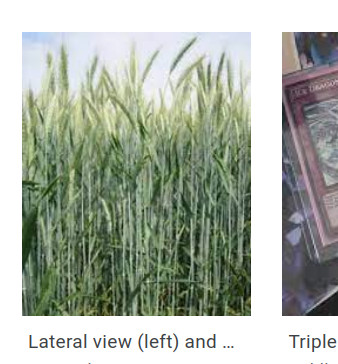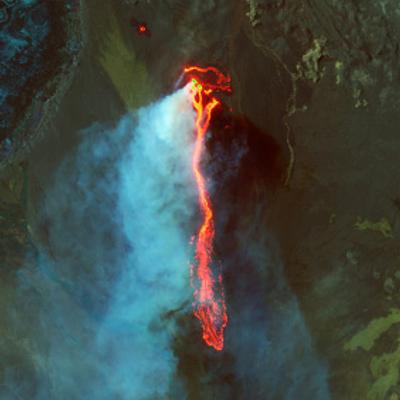I’m on Street Complete and I’m trying to differentiate between Concrete, Concrete slabs, and concrete lanes. There’s a walkway that’s just a normal concrete walkway, I didn’t know there were so many designations for this.
There might be something on the wiki, in the meantime how I decide is:
- if it’s a single expanse of poured concrete it’s Concrete
- if there is dirt / grass between two parallel tracks of concrete (whether or not the tracks have any joins) it’s Concrete Lanes
- if it’s just concrete but there are seams where it’s been poured separately, Concrete Slabs
And if it’s anything else I skip.
You’re only supposed to use slabs (plates) if they were pre-made. If it was poured (whether in one batch or multiple), the wiki says it should be just “concrete”.
https://wiki.openstreetmap.org/wiki/Key:surface :
concrete: Portland cement concrete, forming a large surface, typically cast in place and may have predetermined breaking joints. For pre-fabricated plates, please use concrete:plates or concrete:lanes if you know how the concrete is laid out and one of these tags fits.
edit: Tbh most people probably don’t realize this, I probably mistagged some myself. I assume even advanced software would treat “concrete” and “concrete:plates” equally, perhaps giving some special treatment for “concrete:lanes”.
Unless I see them being constructed, how would I know?
@pineapplelover @Tyoda @openstreetmap
The ones on the wiki have visible lifting points.
They might also have visible alignment issues or evidence of moulding at the seam or corners.
So a concrete sidewalk would mean the entire sidewalk was poured in one piece? No moulding or anything?
@pineapplelover @openstreetmap
They would usually be poured in one or two slabs with the joints added to the wet concrete or cut later.If it looks like an impossible mould would me needed it’s more likely to be pre-fab and lifted into place later.
This thread says concrete means the entire thing was poured in one piece, no lines
https://help.openstreetmap.org/questions/85524/concrete-vs-concreteplates
@pineapplelover @openstreetmap
That thread has a top answer with a grand total of one vote on it, I wouldn’t take it as consensus on anything.Concrete that is poured in one piece usually has visible lines. They’re placed there after the fact or when the concrete is wet to control how it cracks as it settles. That doesn’t mean it’s separate plates. The cuts normally aren’t full depth.
The Wiki is great for things like this. In this case the page on concrete has links to concrete slabs and concrete lanes, and both have pictures.
https://wiki.openstreetmap.org/wiki/Tag:surface%3Dconcrete
Hope this helps :)
I have to say it only adds to my confusion. What the heck is a “concrete plate”??
the example looks like the worst possible surface imaginable for a road.
I was also confused. I’ve been using
concrete:platesfor almost all walkways that I’ve encountered. On surface=concrete:plates it says this:surface=concrete - concrete forming a large surface, typically cast in place and may have predetermined breaking joints
Which is confusing, because sidewalks AFAIK are cast in place and have predetermined breaking joints, but it seems like
surface=concreteis more for mostly continuous concrete surfaces regardless of that text?As I understand it, concrete plates, at least in the UK, tend to be quite big, like the road here:
You might find though that pavements / sidewalks are made up of smaller plates, as they’re easier to transport and fit, rather than waiting for a large area of concrete to set. The only paths that I can think of right now that are concrete are on private property, so I can’t link to them. They’re things like garden paths and are continuous.
If you’re not sure though, you can always tag as surface=concrete and let someone else add any extra detail in the future. At least then the basics are there :)



